Introduction: Bridging the Gap in Mental Health Support
Mental health support programs have evolved significantly to meet the diverse needs of individuals across the United States, ensuring that help is accessible from any location. Whether through online platforms, emergency helplines, or community-based services, the range of resources available today provides vital support for those facing mental health challenges. This article explores the various programs, their accessibility, and how they are transforming mental health care delivery across the country.
Comprehensive Online and Remote Mental Health Resources
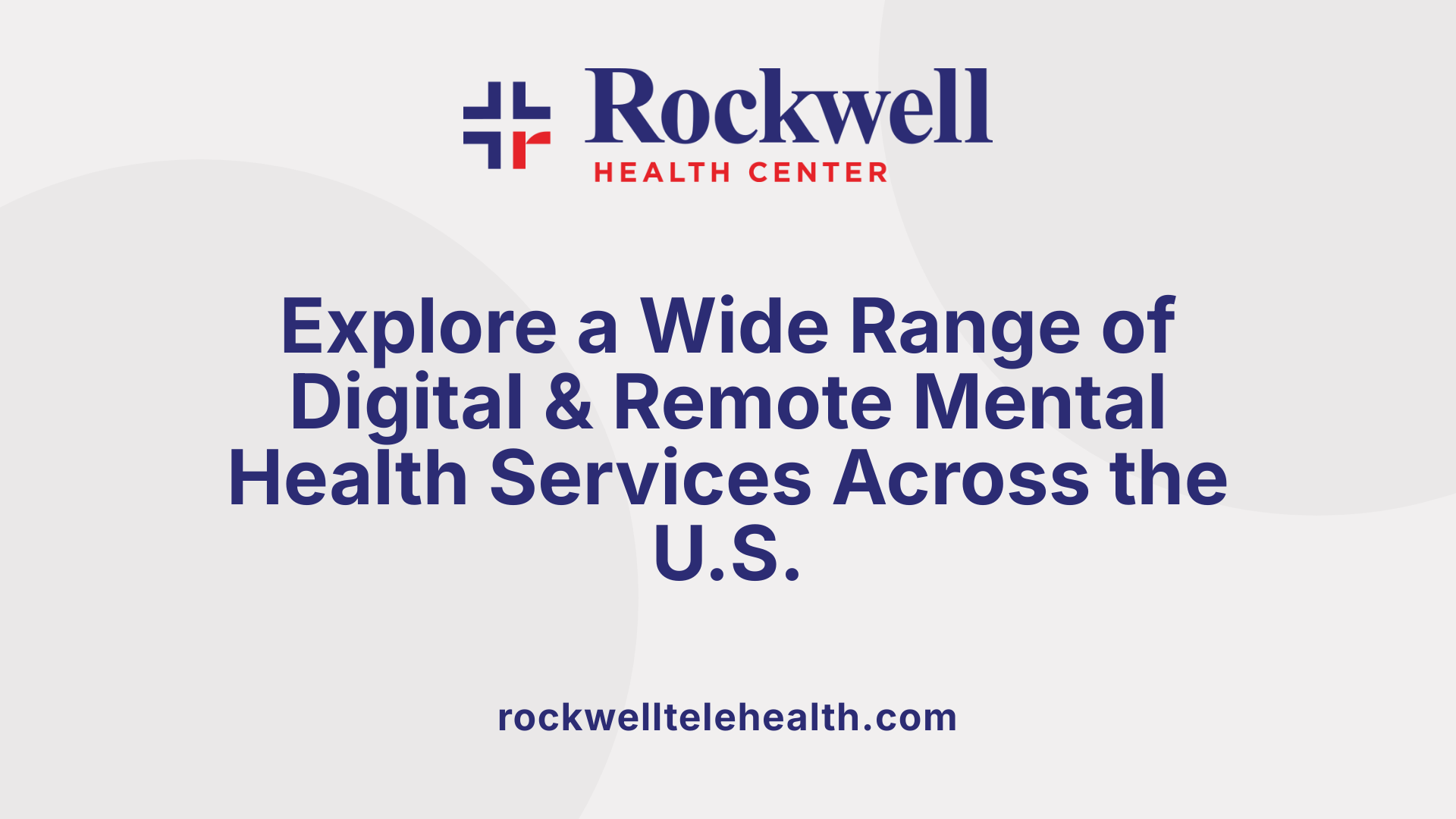 Digital platforms have become essential tools for expanding access to mental health support across the United States. Websites like FindTreatment.gov, overseen by SAMHSA, offer a confidential and anonymous search engine for treatment facilities specializing in mental health and substance use disorders nationwide. These resources provide detailed information about treatment options, including specialized programs like medication-assisted treatments with buprenorphine or methadone.
Digital platforms have become essential tools for expanding access to mental health support across the United States. Websites like FindTreatment.gov, overseen by SAMHSA, offer a confidential and anonymous search engine for treatment facilities specializing in mental health and substance use disorders nationwide. These resources provide detailed information about treatment options, including specialized programs like medication-assisted treatments with buprenorphine or methadone.
Government and community organizations such as NAMI and state health offices also contribute significantly to mental health support. NAMI (National Alliance on Mental Illness) offers a wide range of services including support groups, educational webinars, crisis hotlines, and programs aimed at specific populations like teens, older adults, and veterans. NAMI’s HelpLine is accessible by phone and text from Monday to Friday, and they organize events like NAMIWalks to raise awareness.
State and local health authorities in places like New York City and the Hudson Valley provide virtual and in-person mental health services. NYC offers the 988 Crisis & Support Helpline, available 24/7 in multiple languages, along with specialized programs for postpartum support, youth, and homeless populations. Similarly, Hudson Valley organizations operate walk-in urgent care centers and mobile mental health teams, ensuring immediate response to crises regardless of location.
Accessing mental health support remotely has been simplified through telehealth services that connect individuals with licensed therapists and psychiatrists via video calls, online chat, or phone. Platforms like Teladoc or specialized local programs enable users to receive therapy, medication management, and crisis intervention from any geographical location. Additionally, many programs offer apps and digital tools focused on self-help, educational resources, and relapse prevention.
These innovations allow for flexible, immediate, and ongoing mental health support, bridging geographical gaps and serving diverse communities across the country.
| Resource Type | Main Features | Coverage & Accessibility |
|---|---|---|
| Government & Community Support | Hotlines, crisis teams, educational programs | Nationwide, diverse populations, specialized support for veterans, pregnant women |
| Digital Platforms (FindTreatment.gov) | Facility search, treatment info, treatment-specific options | Updated regularly, accessible from any location in the U.S. |
| Telehealth & Telepsychiatry | Video, phone, and text therapy, medication management | Available nationwide, supports diverse language needs |
| Apps & Self-Help Tools | Educational videos, mental health tracking, relapse prevention | Widely accessible, enhances ongoing support |
For those seeking mental health programs online in the U.S., a simple web search with terms like “Find mental health support programs online in the U.S.” can connect individuals with numerous resources tailored to their needs.
Crisis Hotlines and Emergency Support Services Accessible Anywhere
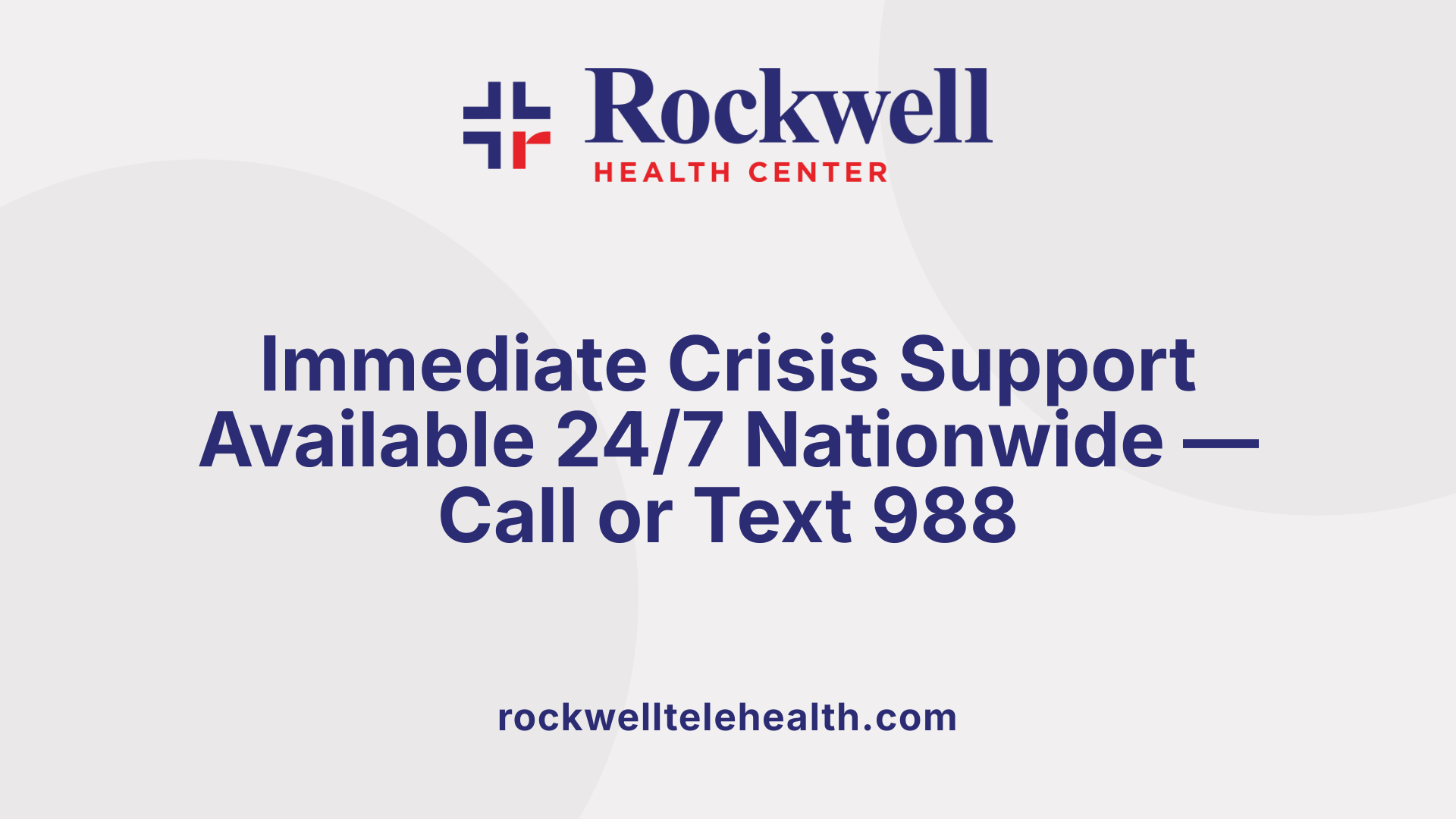
How can I access emergency contacts and crisis support from any location?
Accessing immediate help during a mental health crisis is possible from virtually anywhere across the United States. The 988 Suicide & Crisis Lifeline is a vital resource available 24/7, providing confidential support via call, text, or chat. This service connects individuals with trained crisis counselors to help manage thoughts of self-harm, emotional distress, or suicidal feelings.
Veterans with mental health emergencies can quickly reach specialized support by dialing 988 and pressing 1, linking directly to the Veterans Crisis Line. This dedicated service offers immediate assistance tailored to the needs of service members, veterans, and their families.
In addition, many regions support Text-to-911 services or local community-based crisis intervention teams. These teams respond rapidly to urgent situations, ensuring help can arrive promptly regardless of a person's location. The availability of such diverse crisis support avenues ensures that help is always within reach, no matter where someone is in the country.
What virtual and telehealth mental health support options are available?
Telehealth services have expanded significantly, offering flexible, accessible mental health care options. Organizations like NAMI provide virtual support groups, educational webinars, and online resources, all available nationwide. These platforms enable users to connect with mental health professionals and support networks from the comfort of their homes.
Moreover, online therapy platforms such as Talkspace or BetterHelp allow for video, voice, or chat sessions with licensed clinicians. This flexibility ensures that individuals can obtain counseling and mental health support quickly, which is especially important in emergencies or for ongoing care.
These telehealth options help bridge geographical gaps, making mental health services more accessible for everyone, including those in rural or underserved areas. They offer immediate support and continuity of care, fostering resilience and recovery across communities.
| Service Type | Description | Accessibility Features |
|---|---|---|
| Hotlines | 988 Suicide & Crisis Lifeline, Veterans Crisis Line | 24/7 confidential help via call, text, or chat |
| Telehealth Platforms | Online therapy services, virtual support groups | Access from home, flexible scheduling |
| Regional Crisis Teams | Community-based rapid response units | Immediate response, tailored to regional needs |
Searching for local and national crisis services is straightforward with terms like "national crisis helplines and telehealth mental health services"—a step towards quick, reliable support when it’s most needed.
Local and Community-Based Mental Health Programs
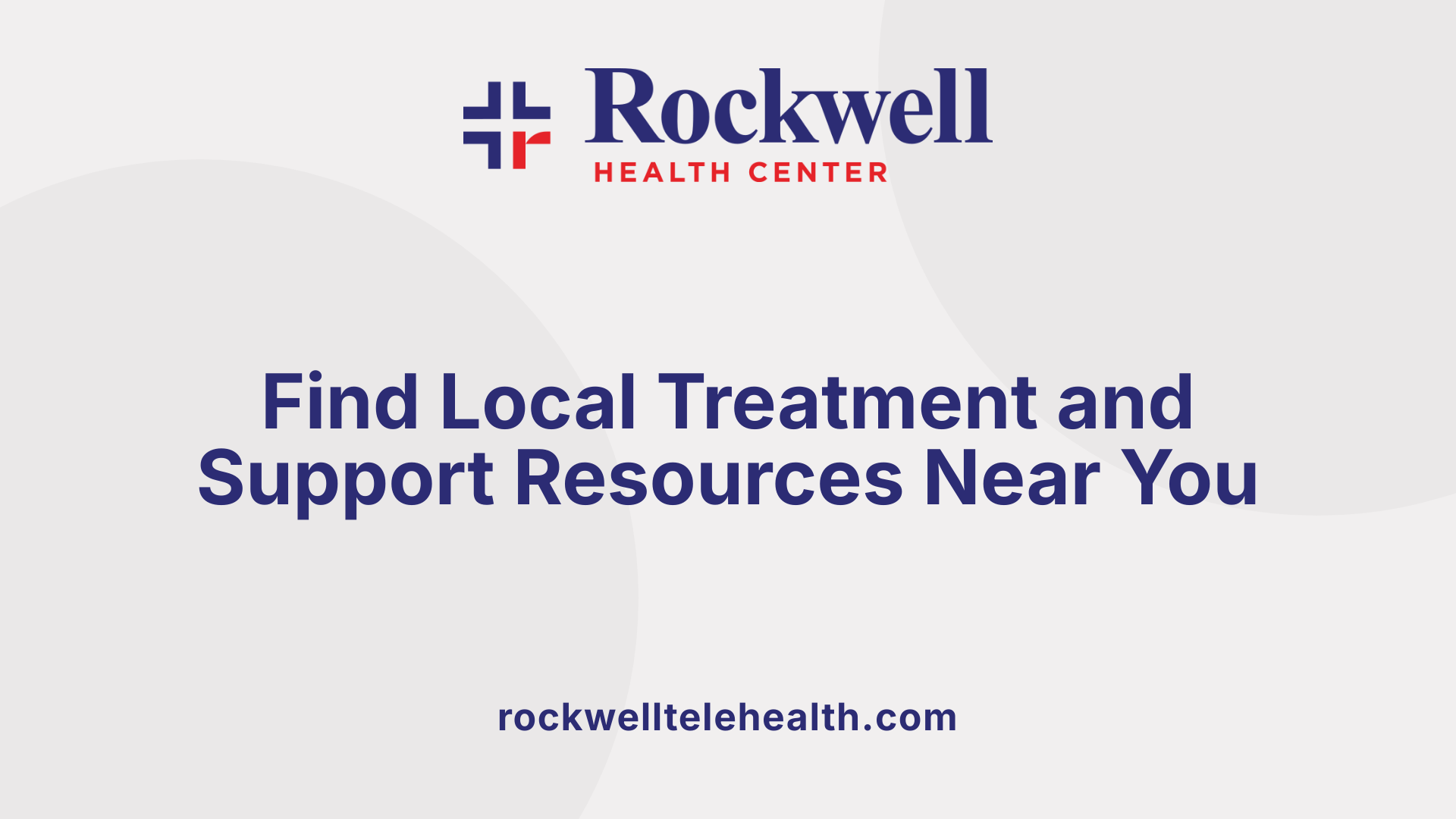
Where can I find treatment facilities and resources?
Individuals seeking mental health support can easily locate treatment facilities and resources through FindTreatment.gov, an official platform managed by SAMHSA, part of the U.S. Department of Health & Human Services. This website provides a confidential, anonymous directory of treatment options nationwide, regularly updated to ensure accuracy. Beyond online directories, local health departments and community health centers offer specific services, including outpatient therapy, crisis intervention, and medication-assisted treatments like buprenorphine and methadone for opioid addiction. Many of these local resources also provide options in multiple languages and financial assistance, making mental health support more accessible to diverse populations.
How accessible are mental health programs across different locations?
Across various regions, community programs and state services leverage innovative solutions to increase access. In New York City, for example, services include NYC 988, which provides free, confidential mental health support 24/7 in over 200 languages, along with specialized programs for pregnant women, teens, and older adults. Ulster County employs Mobile Mental Health Teams to deliver crisis response at any time and operates walk-in centers offering clinical services without appointments.
State and city programs often feature sliding fee scales, ensuring affordability regardless of income. They also focus on serving vulnerable groups such as veterans, youth, and seniors through tailored programs like NAMI NYC, which facilitates support groups and educational webinars, and NYC TeenSpace, providing free mental health services for teens.
Resources and Services Summary
| Region/Program | Service Types | Special Features | Accessibility Options |
|---|---|---|---|
| FindTreatment.gov | Facility locator | Up-to-date, nationwide | Confidential, anonymous |
| New York City | Crisis support, postpartum, teens, older adults | Multilingual, 24/7 services, community programs | Sliding fee, virtual and walk-in services |
| Ulster County | Crisis response, outpatient, medication-assisted treatment | Mobile teams, first-come-first-served clinics | Local clinics, no appointment needed |
| NAMI NYC | Support groups, education, crisis helpline | Family support, community outreach | Free, nationwide access |
These programs and platforms exemplify efforts across the U.S. to ensure mental health care is reachable for all, addressing local needs with tailored community initiatives and multilingual services.
Specialized Programs for Unique Populations
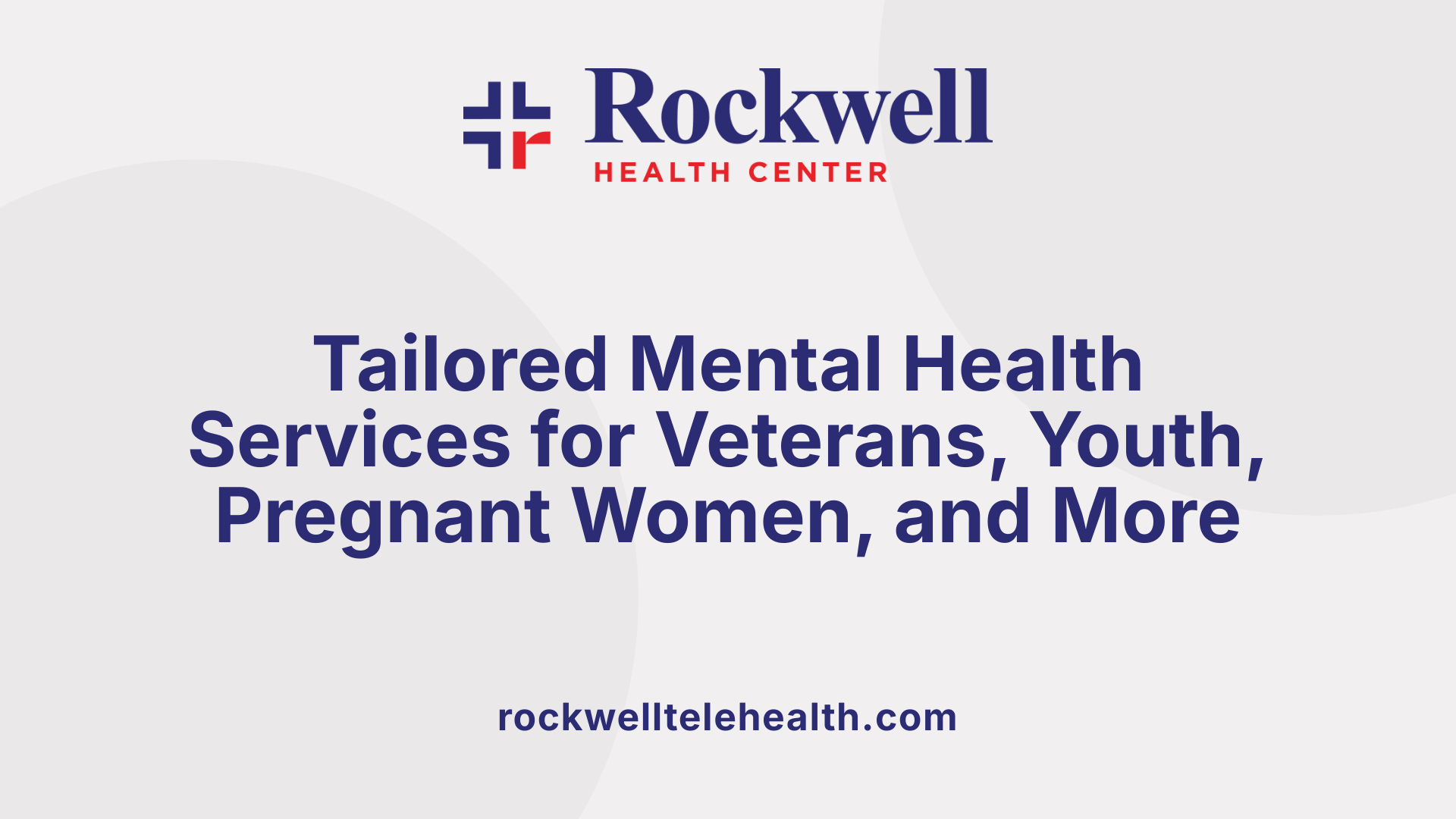
What types of mental health services are available?
A variety of tailored services help meet the diverse needs of different populations. These range from outpatient counseling, inpatient hospitalization, and residential programs to more flexible options like intensive outpatient programs (IOP).
Specialized programs such as OnTrackNY focus on young adults aged 16 to 30 experiencing early psychosis, offering early intervention and comprehensive treatment to improve long-term outcomes. Veterans can access crisis lines specifically designed for their needs, along with outpatient mental health care that recognizes their unique experiences.
Support for postpartum women and their families includes parenting classes, postpartum support groups, and home-based services. These aim to stabilize mental health, foster recovery, and empower women during a vulnerable period.
Furthermore, services exist for individuals experiencing homelessness or those linked to housing programs. These services incorporate mental health treatment with social support like housing referrals and employment assistance, acknowledging the interconnectedness of housing stability and mental wellness.
What mental health support programs and resources are available?
Various programs are dedicated to specific populations and needs. For adolescents, NYC Teenspace provides free mental health support, connecting teens aged 13–17 with licensed therapists and educational resources.
Veterans can reach specialized crisis lines and outpatient clinics that understand their service-related trauma. Postpartum women benefit from dedicated mental health programs that include specialized counseling and community support.
Support for homeless individuals is integrated into broader social services, focusing on securing stable housing and access to ongoing mental health care.
These initiatives are complemented by family and caregiver support services, such as caregiver support groups, family counseling, and educational programs. ThesePrograms help families understand mental illness, navigate care options, and foster recovery within the home environment.
| Population | Program Examples | Description | Additional Support |
|---|---|---|---|
| Youth (13-17) | NYC Teenspace | Free therapy, online resources | Peer support, educational webinars |
| Veterans | Veterans Crisis Line, outpatient services | Trauma-focused treatment, crisis intervention | Peer networks, employment aid |
| Postpartum Women | Postpartum support programs, home-based services | Mental health stabilization, parenting support | Community groups, advocacy |
| Homeless & Housing | Housing referrals, mobile team services | Mental health treatment linked with housing | Social services, employment programs |
| Families & Caregivers | Family support groups, counseling | Support understanding and managing mental health | Educational resources, respite care |
This wide array of programs reflects the commitment to providing accessible, specialized mental health support tailored to the unique needs of each community segment.
Enhancing Accessibility: Policies, Technology, and Community Efforts
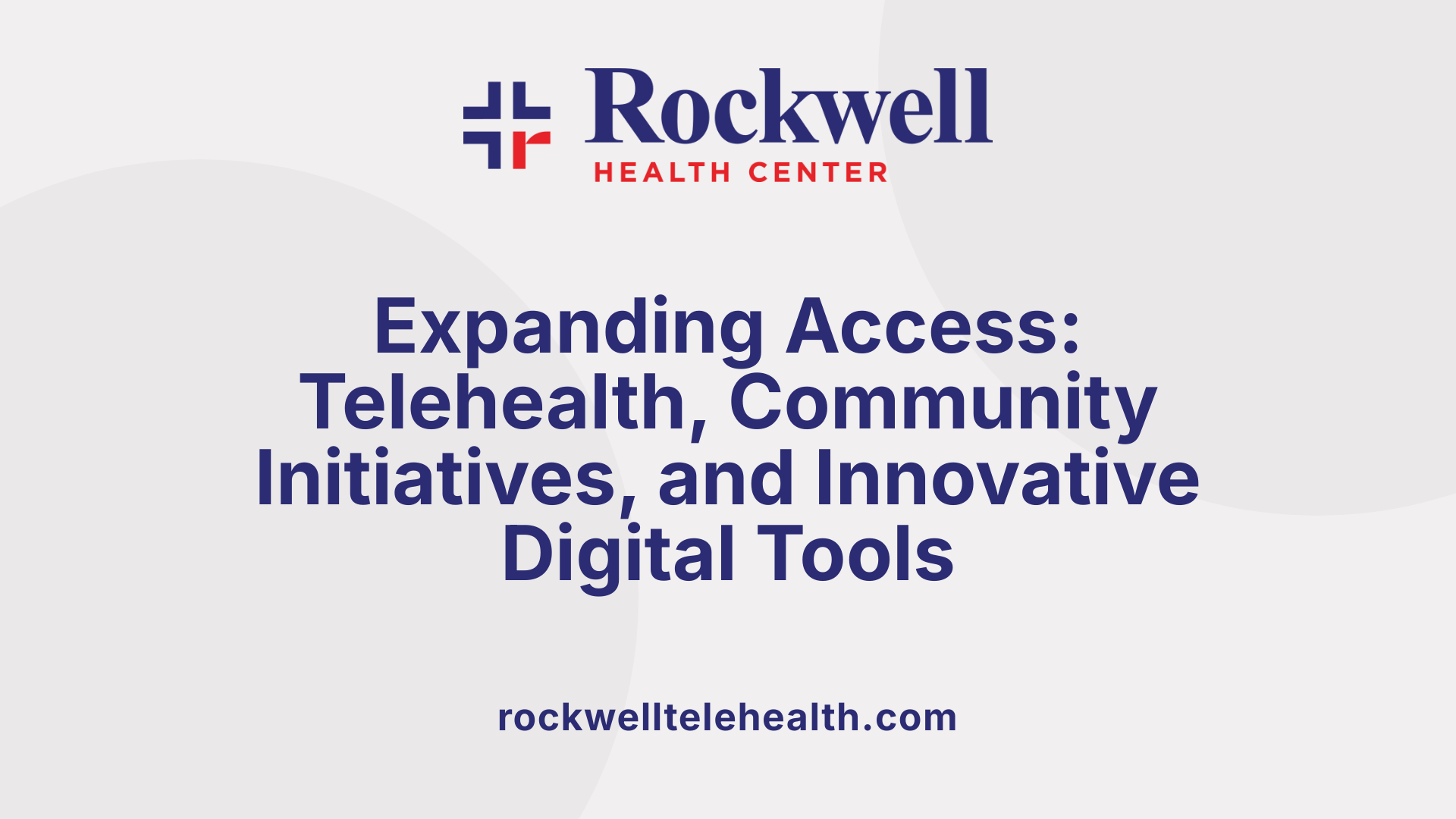 How can I access mental health support resources remotely or from diverse geographical locations?
How can I access mental health support resources remotely or from diverse geographical locations?
Remote access to mental health services has become increasingly vital, especially amid growing recognition of disparities caused by geography or mobility challenges. Policies supporting telehealth have paved the way for widespread virtual mental health care, allowing individuals to connect with providers from anywhere.
Innovations such as mobile crisis units, online support groups, and virtual outreach platforms further bridge gaps, ensuring support reaches rural, underserved, and urban populations alike. These services are often supported by government initiatives and health organizations that emphasize the importance of internet connectivity and culturally competent care.
For example, platforms like FindTreatment.gov and NYC 988 offer virtual access points, including confidential helplines and online directories, making it easier to locate local or remote support options. Accessibility is also enhanced through multilingual services and services tailored for specific populations, such as teens, older adults, or veterans.
What are future directions for expanding mental health access?
Looking ahead, expanding telehealth infrastructure remains a primary goal. Increasing funding for community mental health programs, integrating mental health within primary healthcare, and developing digital tools that are multilingual and culturally sensitive are critical steps.
Efforts are underway to develop innovative digital resources that actively reduce stigma and promote engagement among diverse populations. Community outreach programs, educational campaigns, and collaboration with local organizations are essential in creating a comprehensive safety net.
These future initiatives aim not only to improve the reach and quality of mental health services but also to ensure they are sustainable and inclusive. By leveraging technology and policy advancements, mental health support can become more accessible, affordable, and responsive to the needs of everyone across the country.
Conclusion: A Future of Broader Accessibility in Mental Health Care
As mental health resources continue to expand through technological innovations, community engagement, and policy support, the dream of accessible care from any location becomes a reality. The combined efforts of federal, state, and local agencies, along with nonprofit organizations, ensure that no one is left without help, no matter where they live. Embracing these comprehensive, flexible, and inclusive programs will promote better mental health outcomes and create a supportive environment for all individuals seeking assistance.
References
- FindTreatment.gov: Home
- National Alliance on Mental Illness (NAMI) | Mental Health ...
- How to Get Mental Health Services and Support in NYC
- Mental Health Services: Single Point of Access (SPOA)
- Behavioral Health
- Getting Mental Health Support Virtually - National Institute of ...
- Expanding Access to Behavioral Health Services Through ...
- Telehealth and Beyond: Promoting the Mental Well-Being ...
- What is Telepsychiatry?



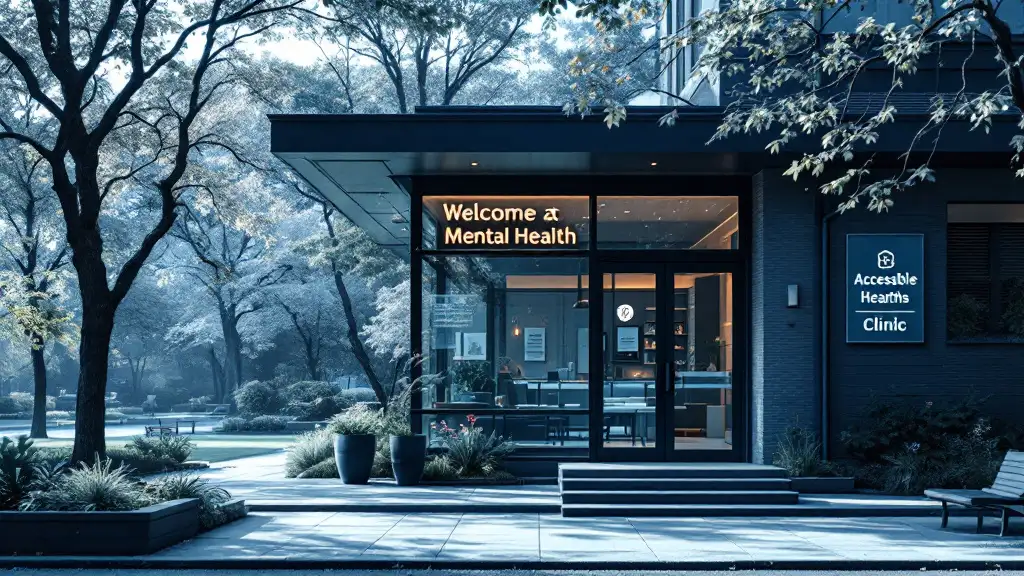



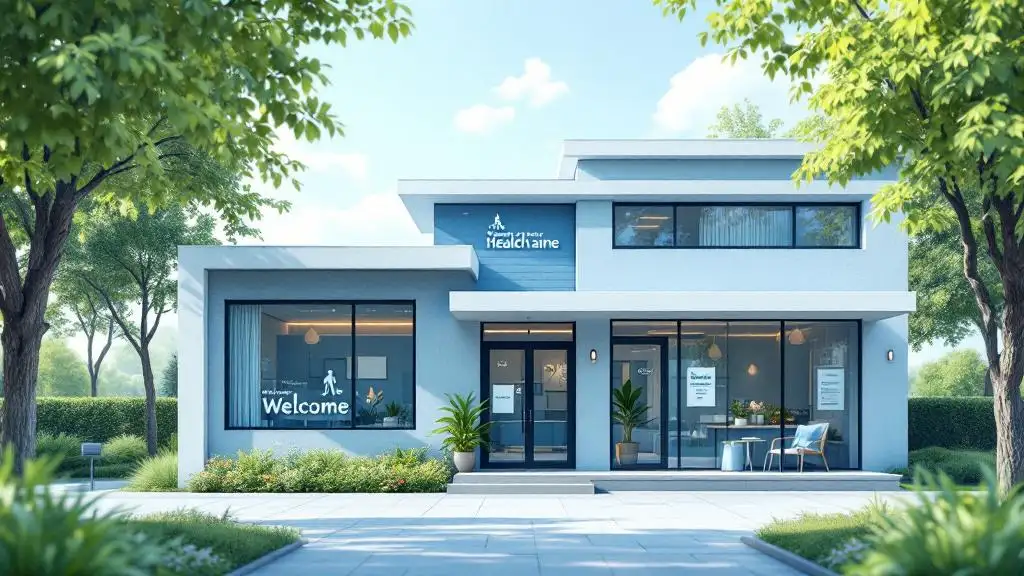

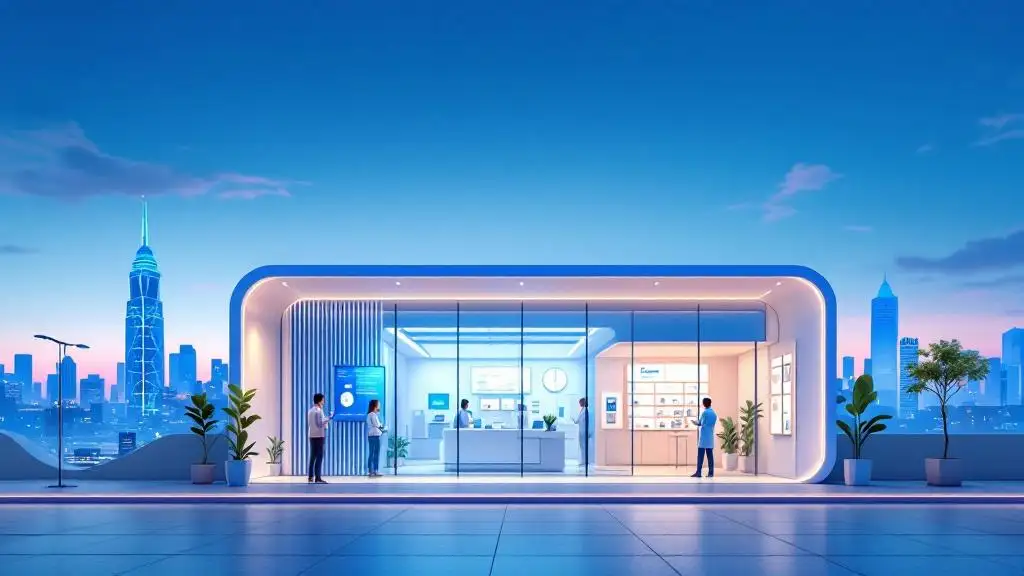



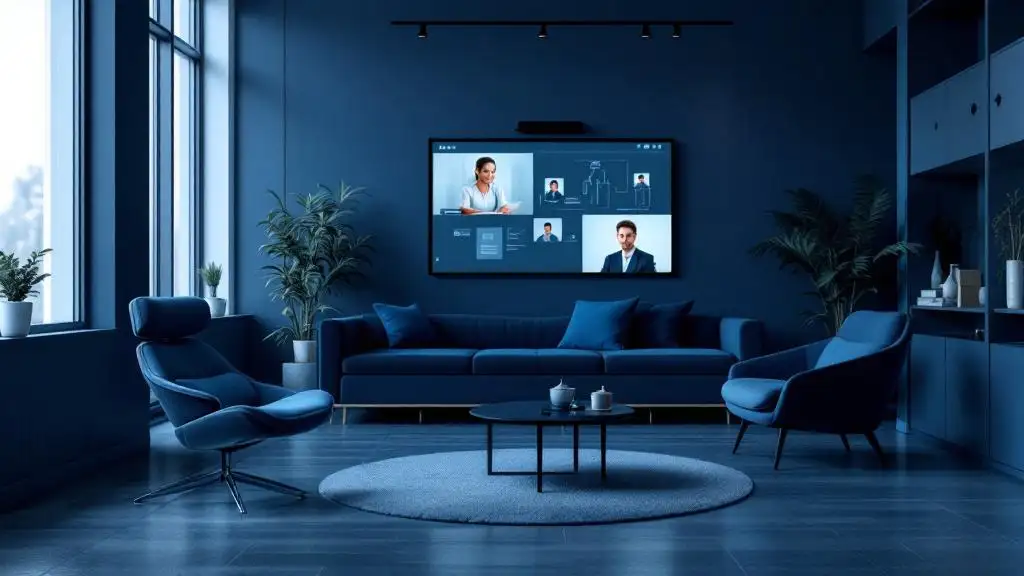
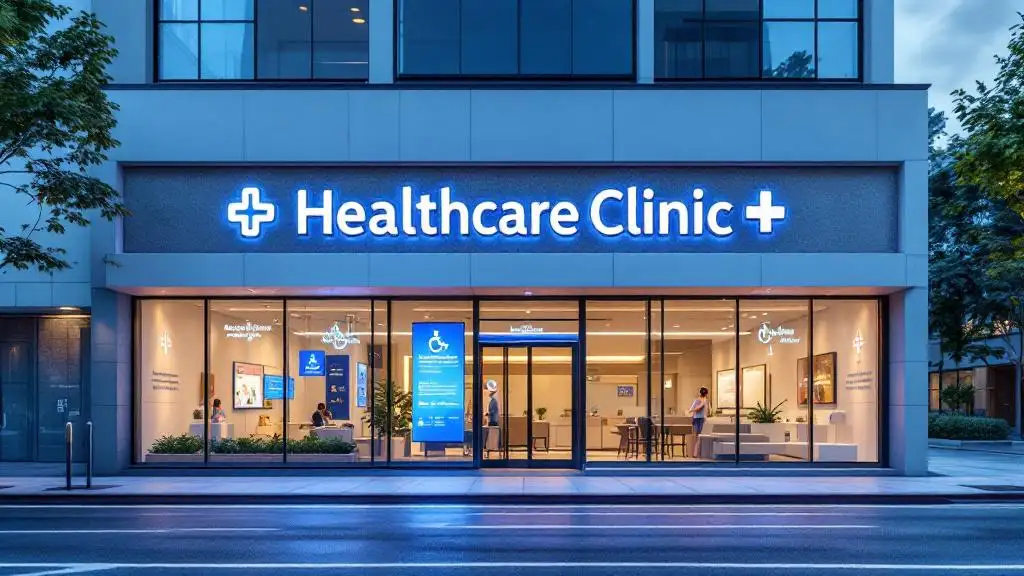




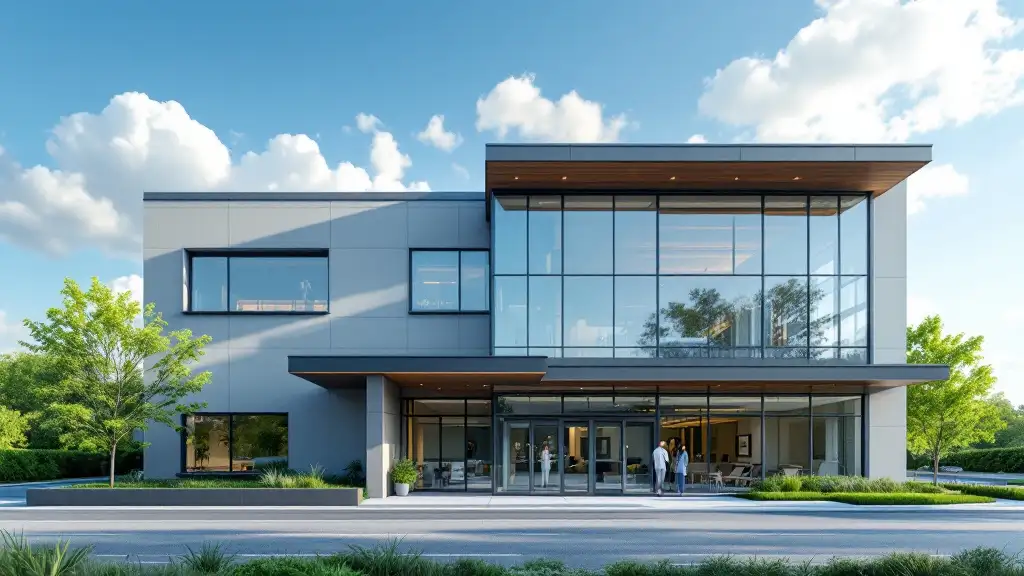
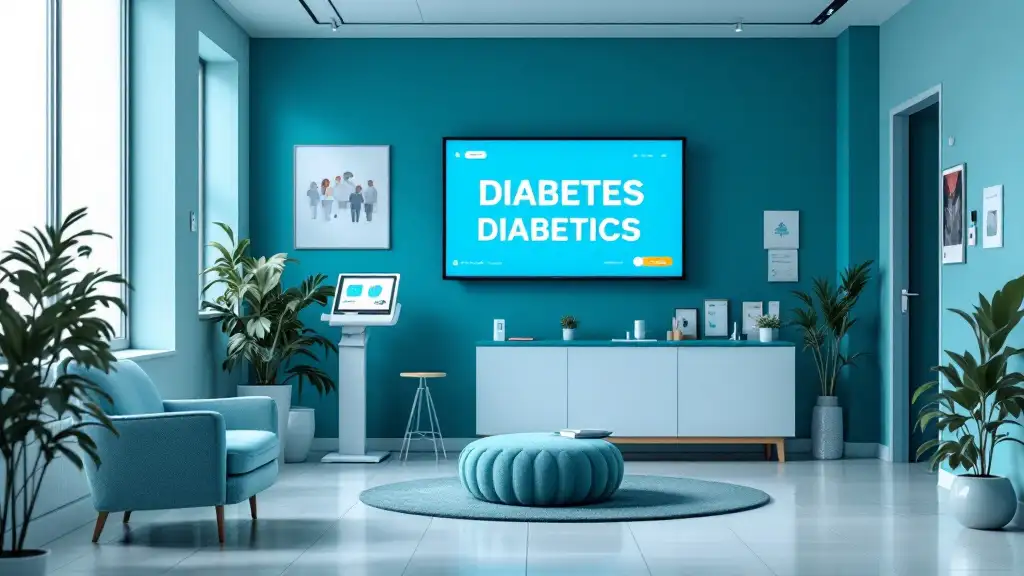
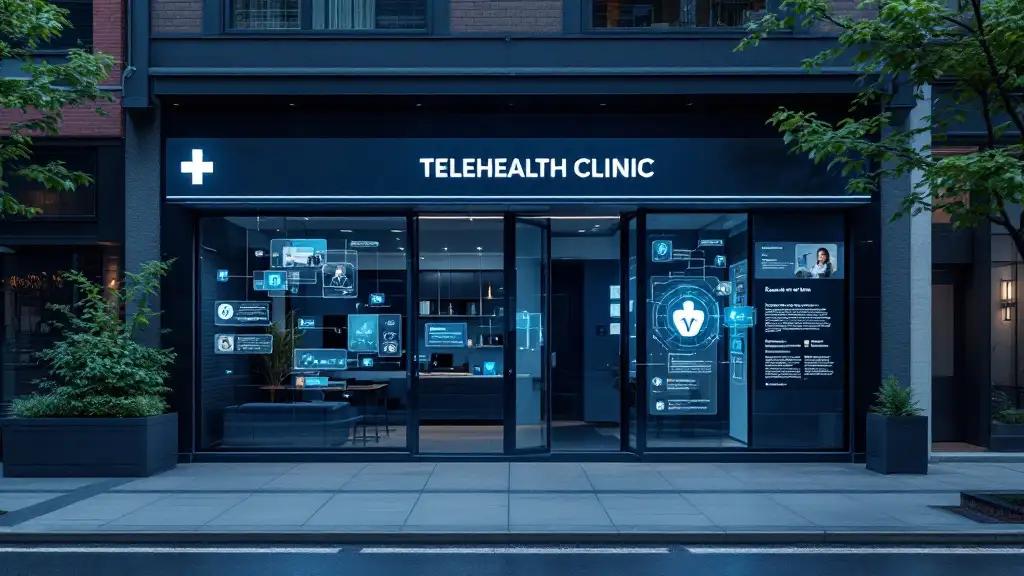
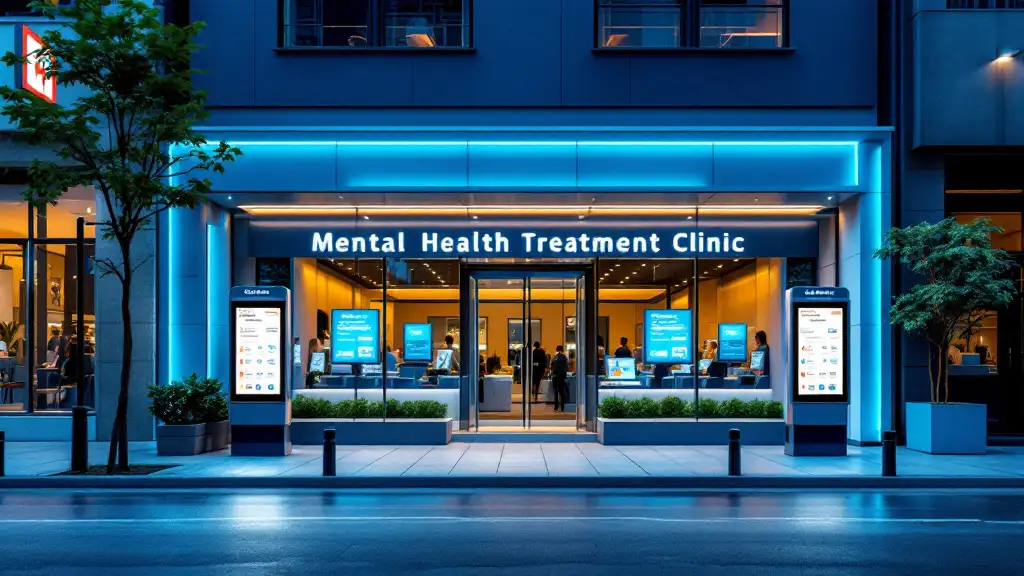

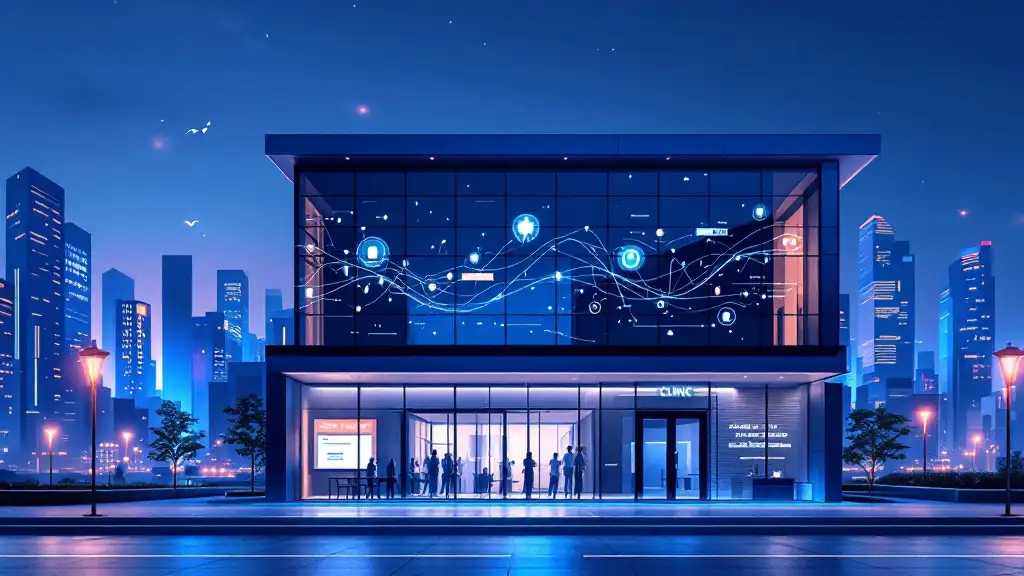








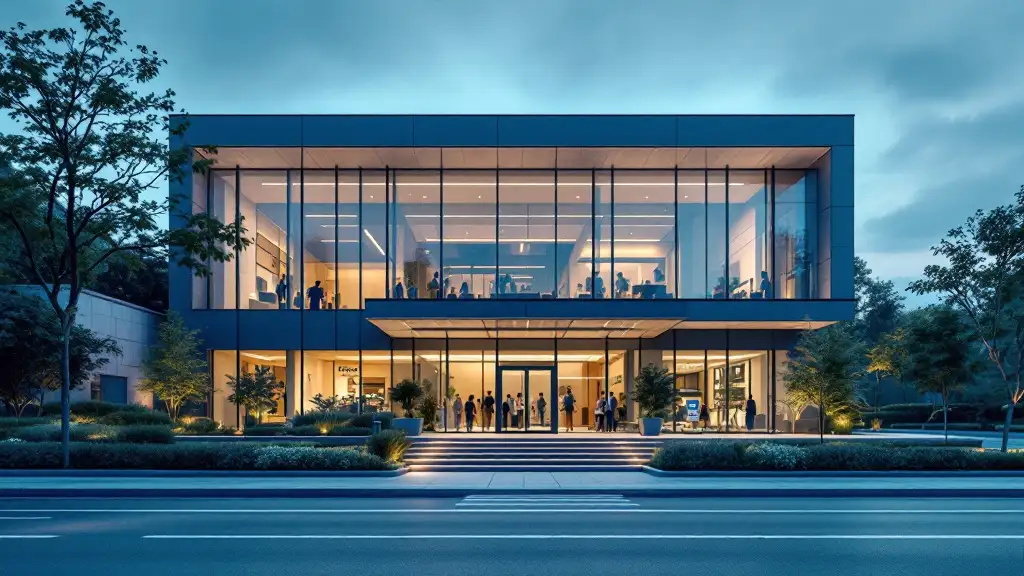

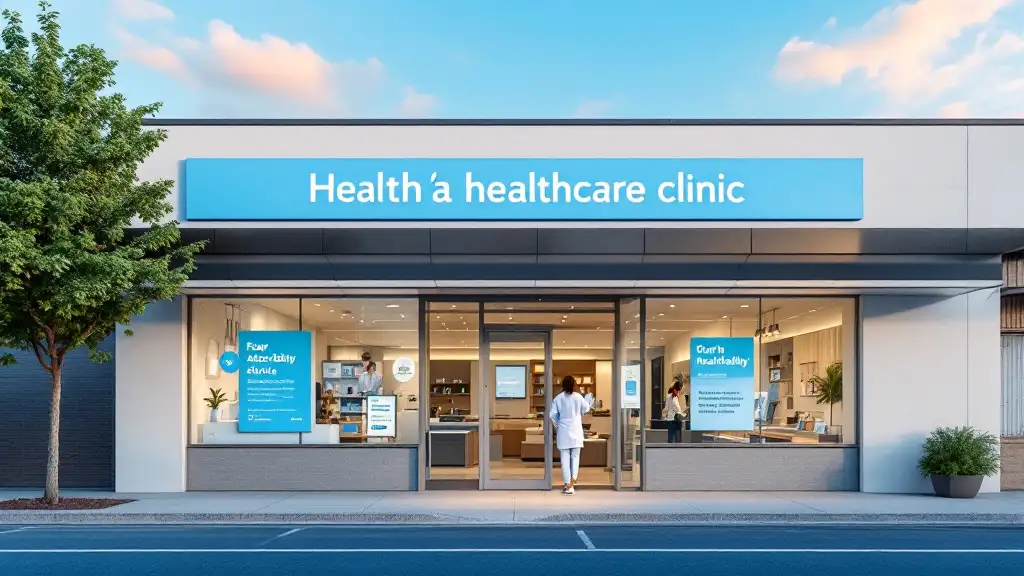





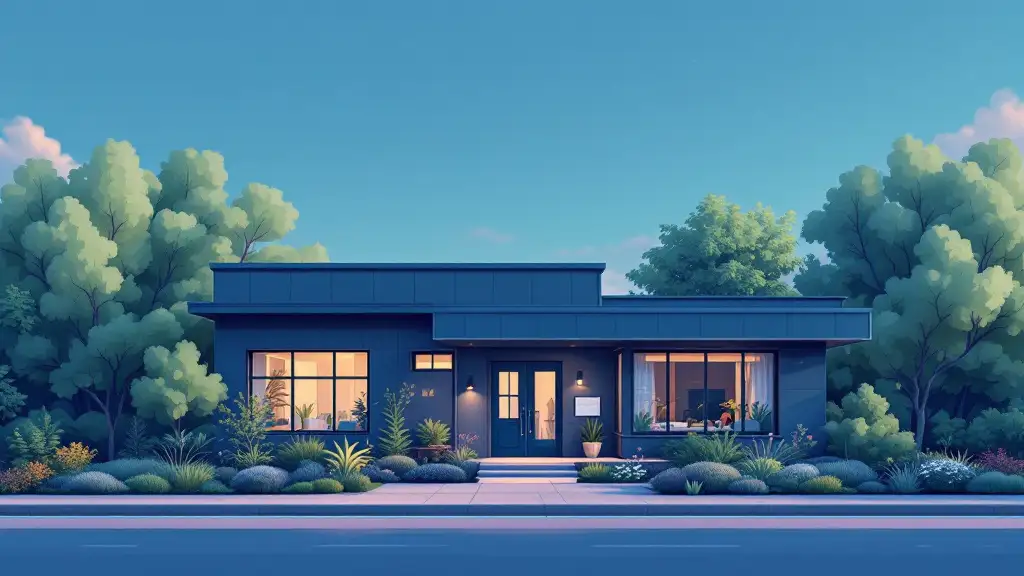







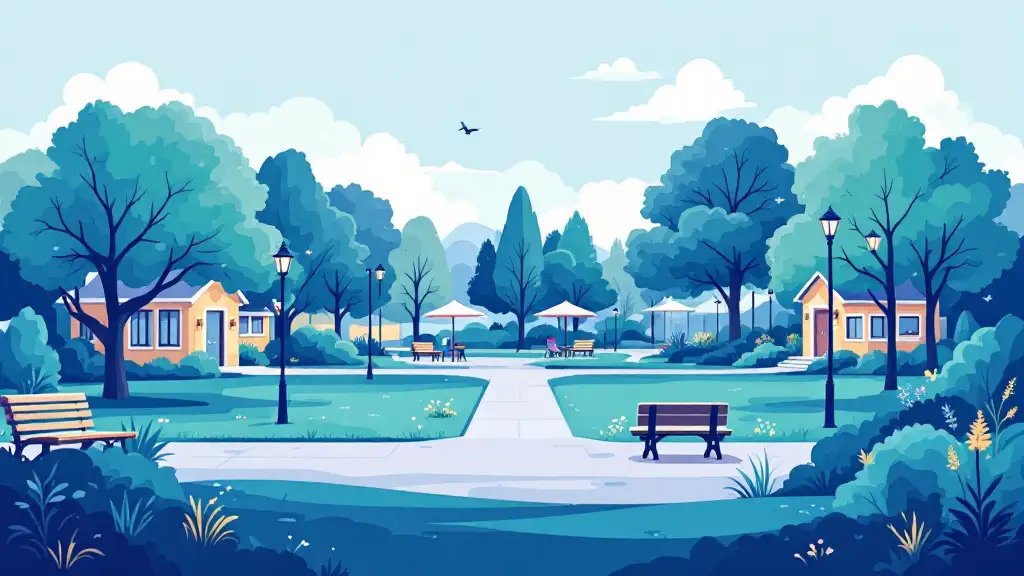


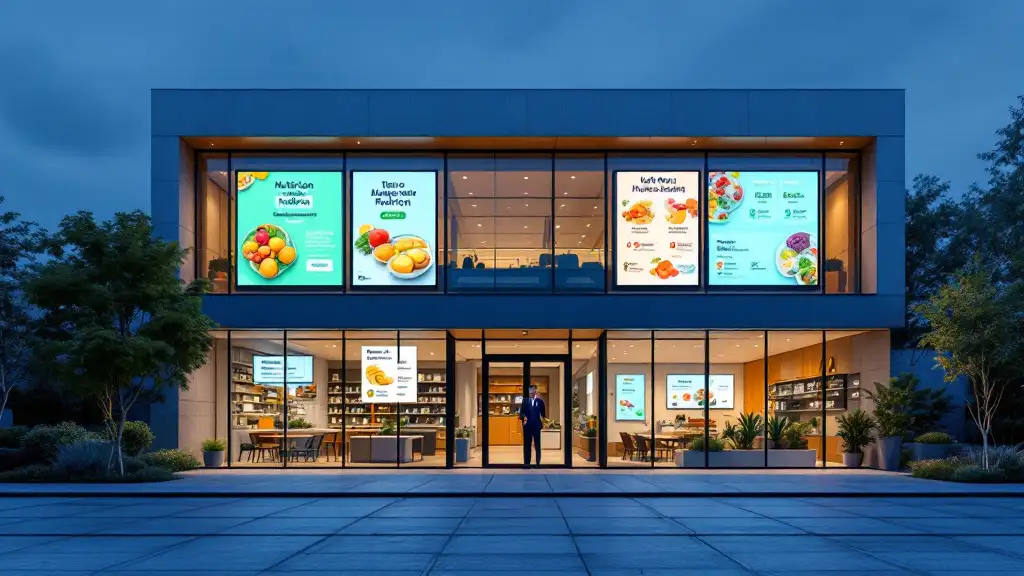




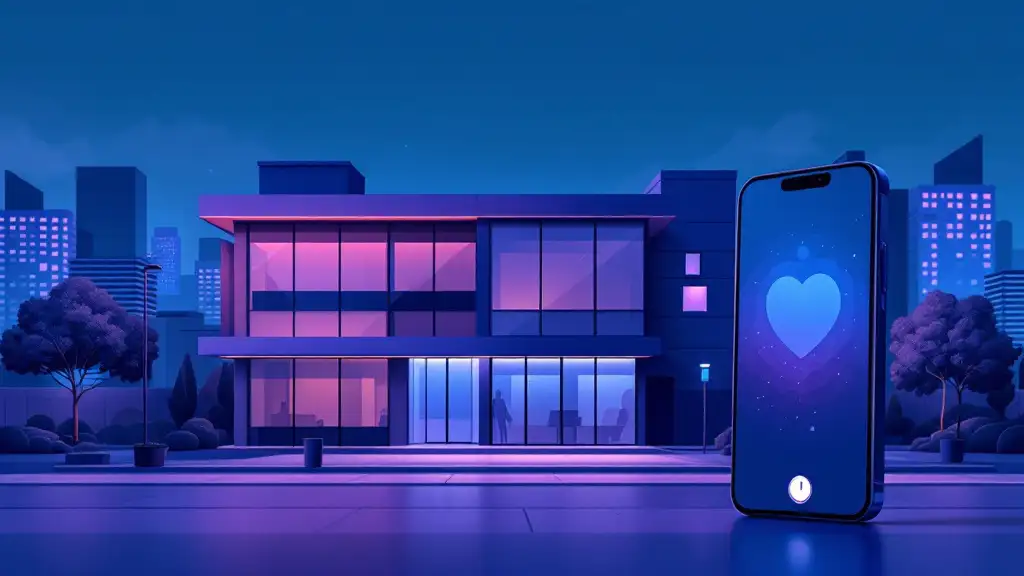






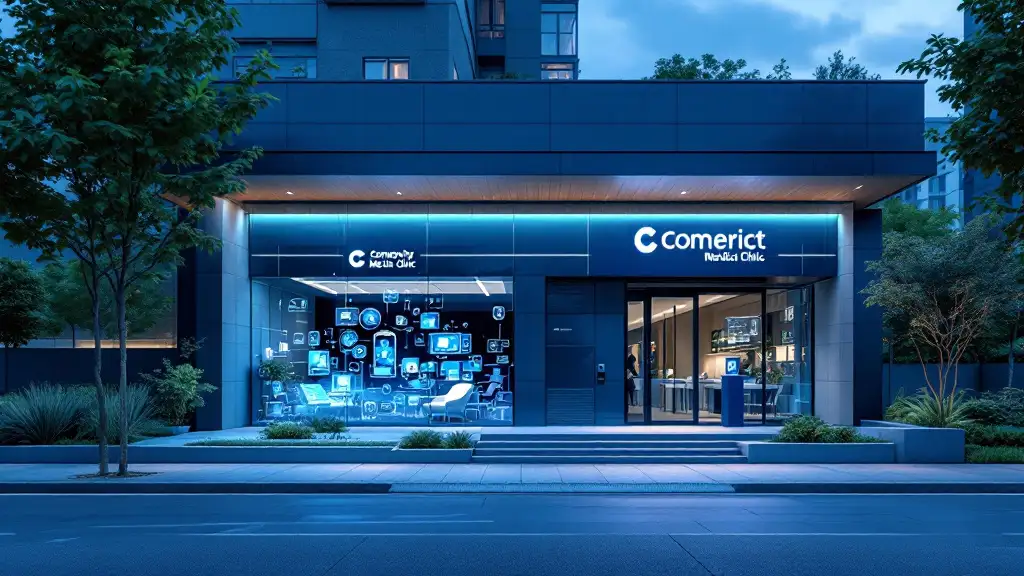

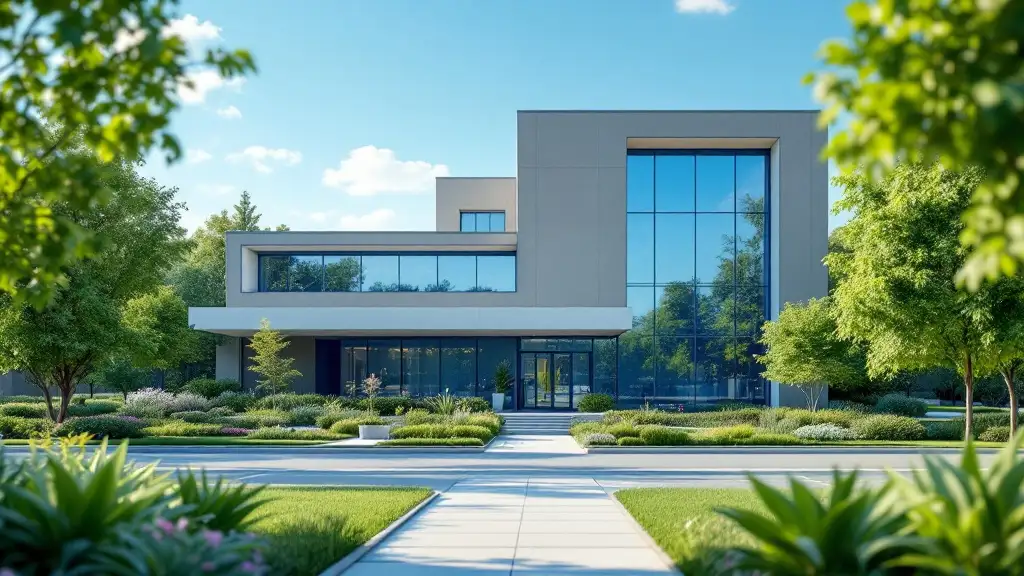








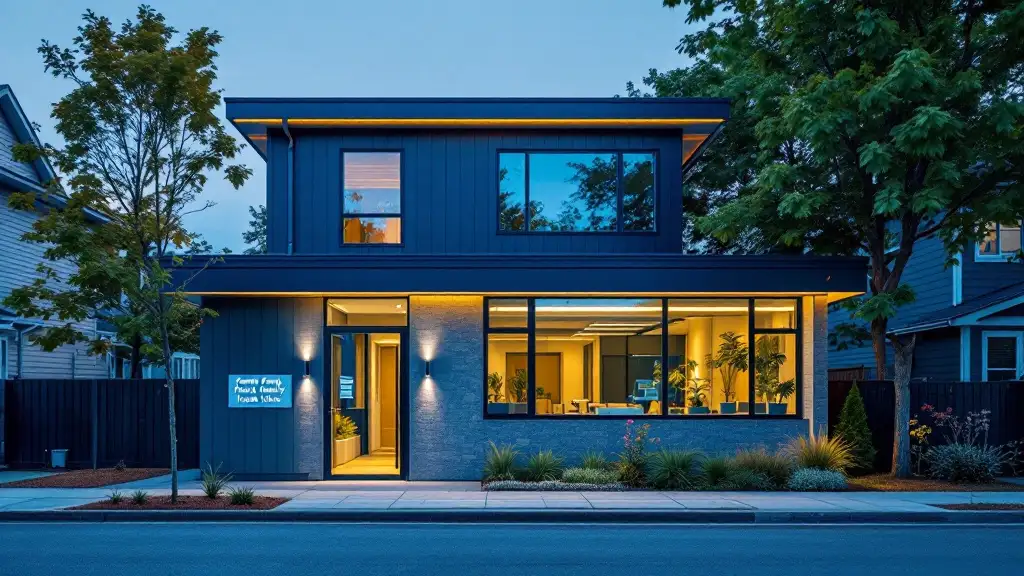
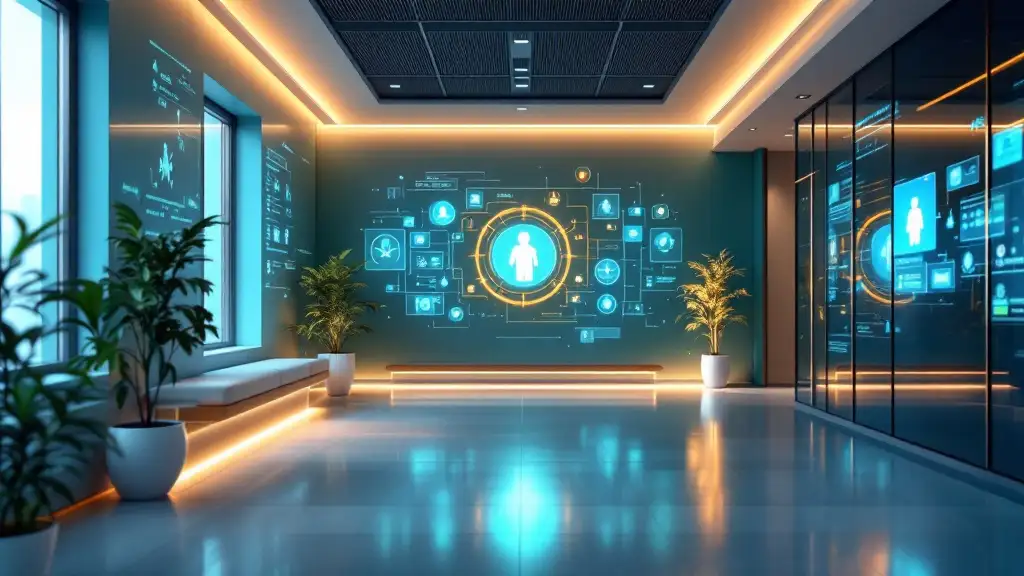






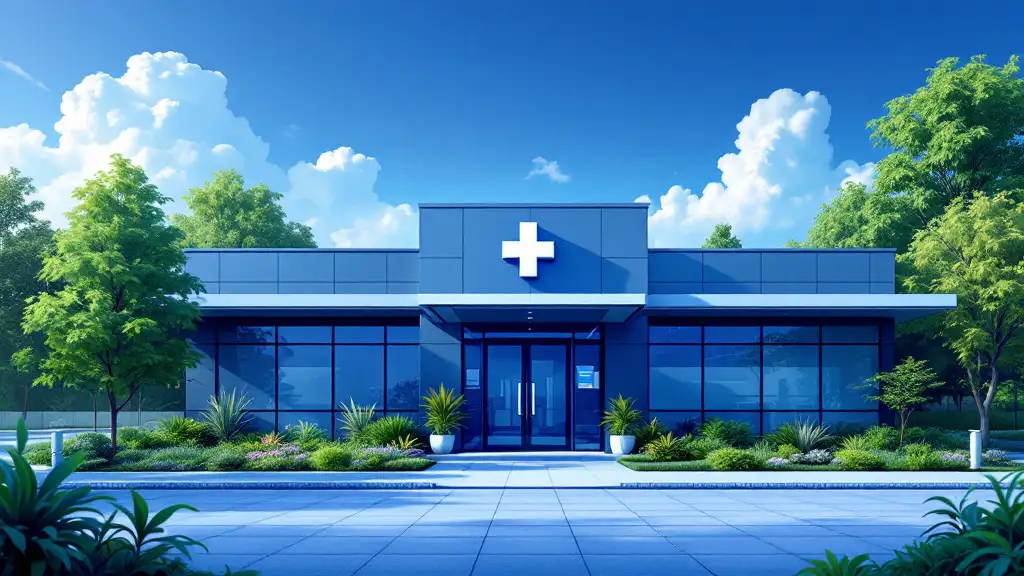


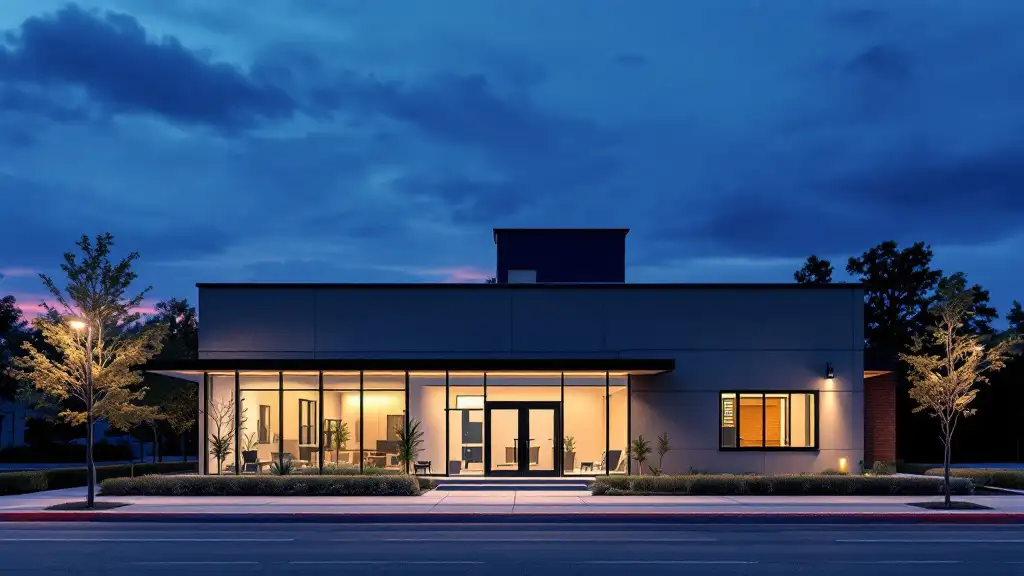
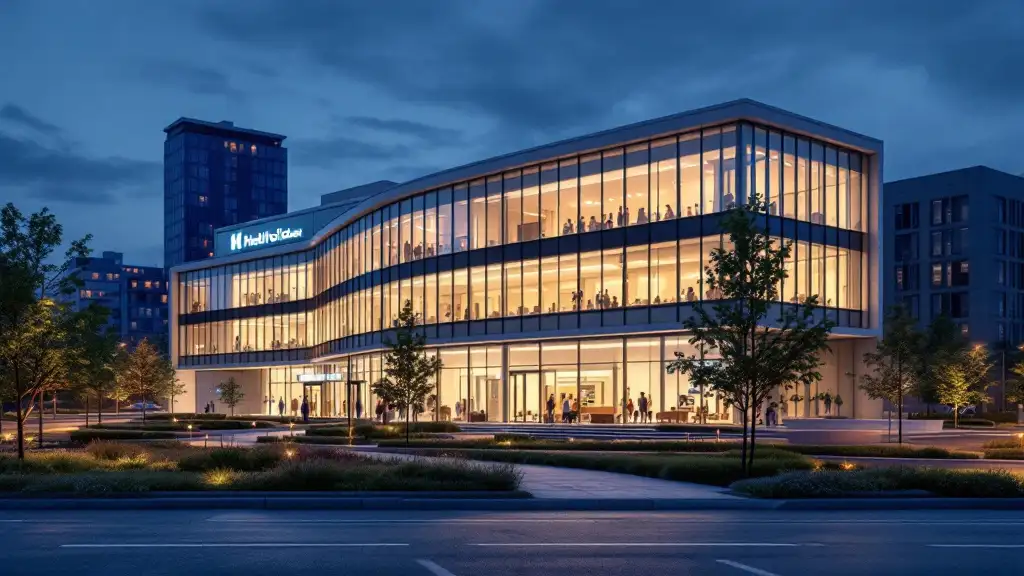
.png)